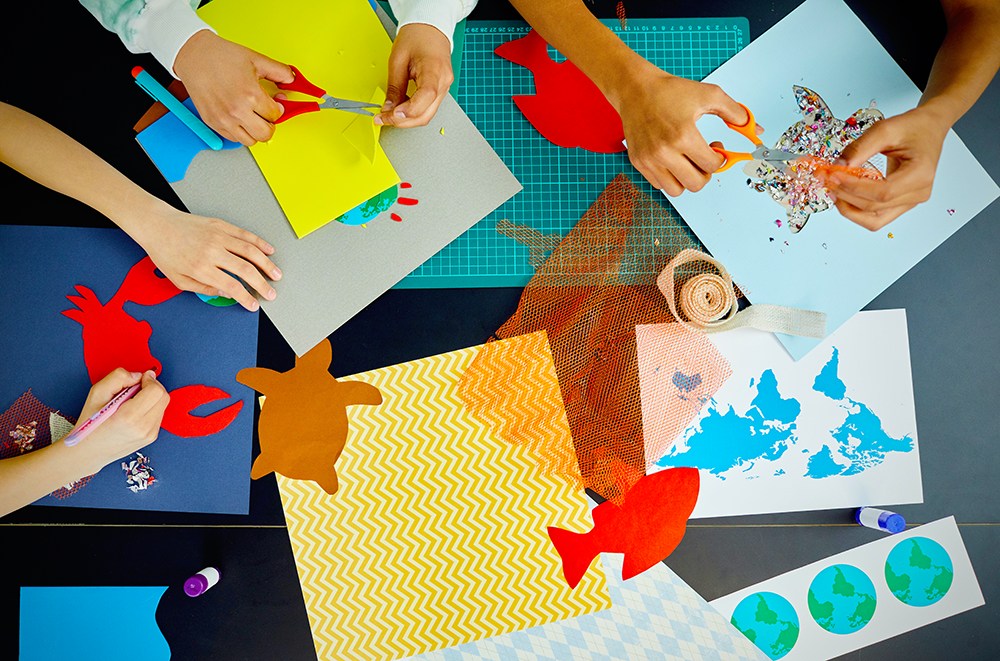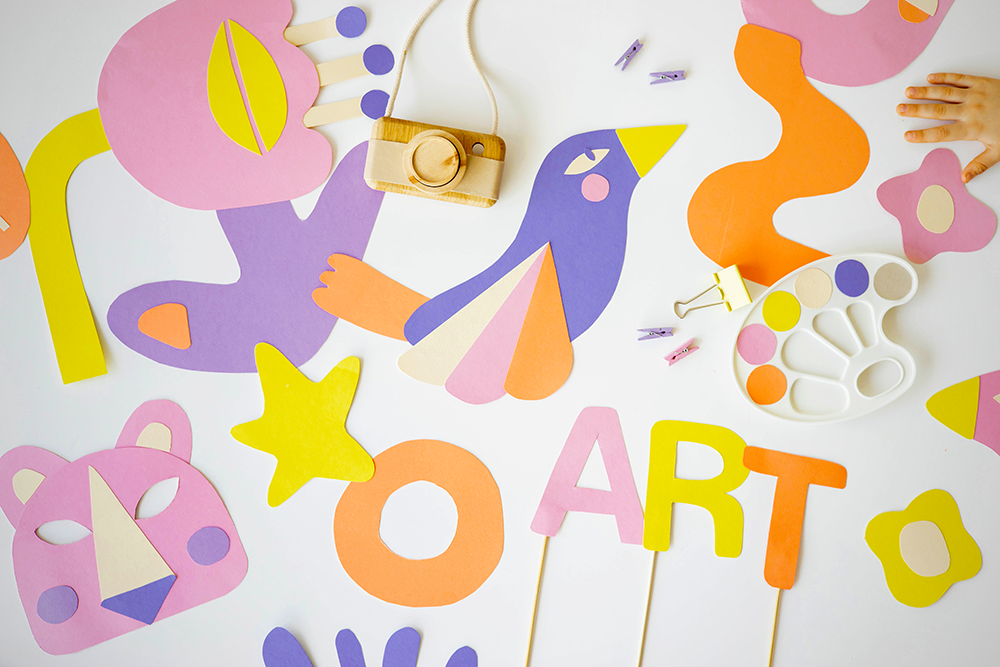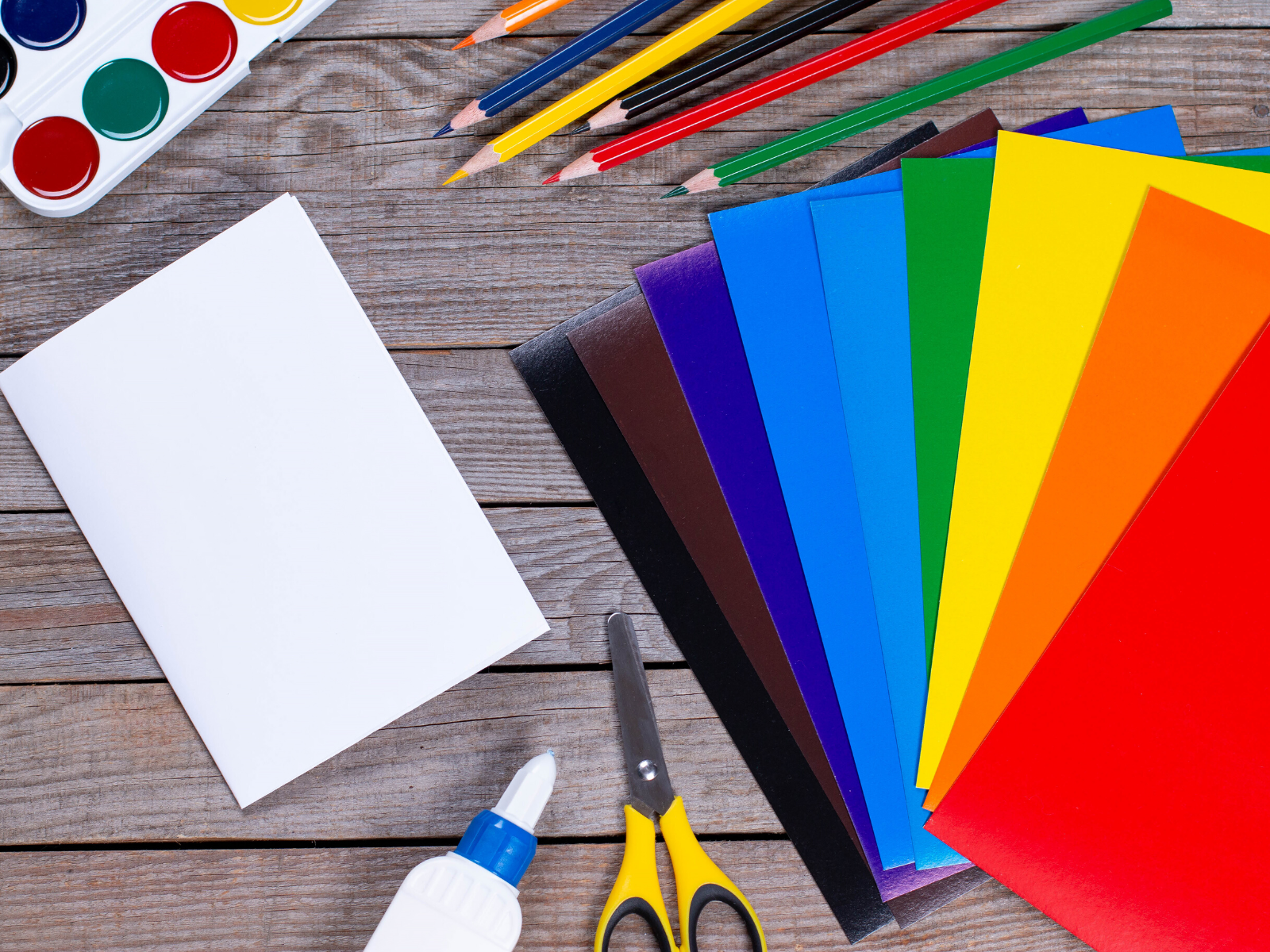Are you feeling creatively blocked and looking for some new art mediums to try?
Do you just want to switch up your artistic routine?
Fear not, because embarking on a creative adventure is easier than ever!
Art, by its very nature, is an expression of emotion and creativity.
It’s a way of conveying ideas and feelings in a visual form, and it can take many different forms and countless ways to express your creative vision.
But which medium should you use?
This guide will help you explore the wide range of art mediums available so you can find the one that best suits your own creative style.
From painting to digital drawing, there are so many different art mediums out there waiting for you to explore.
Take a deep breath, dive into the world of art media, and join us as we lead the way in finding your own unique artistic spark.
Ready? Let's go!


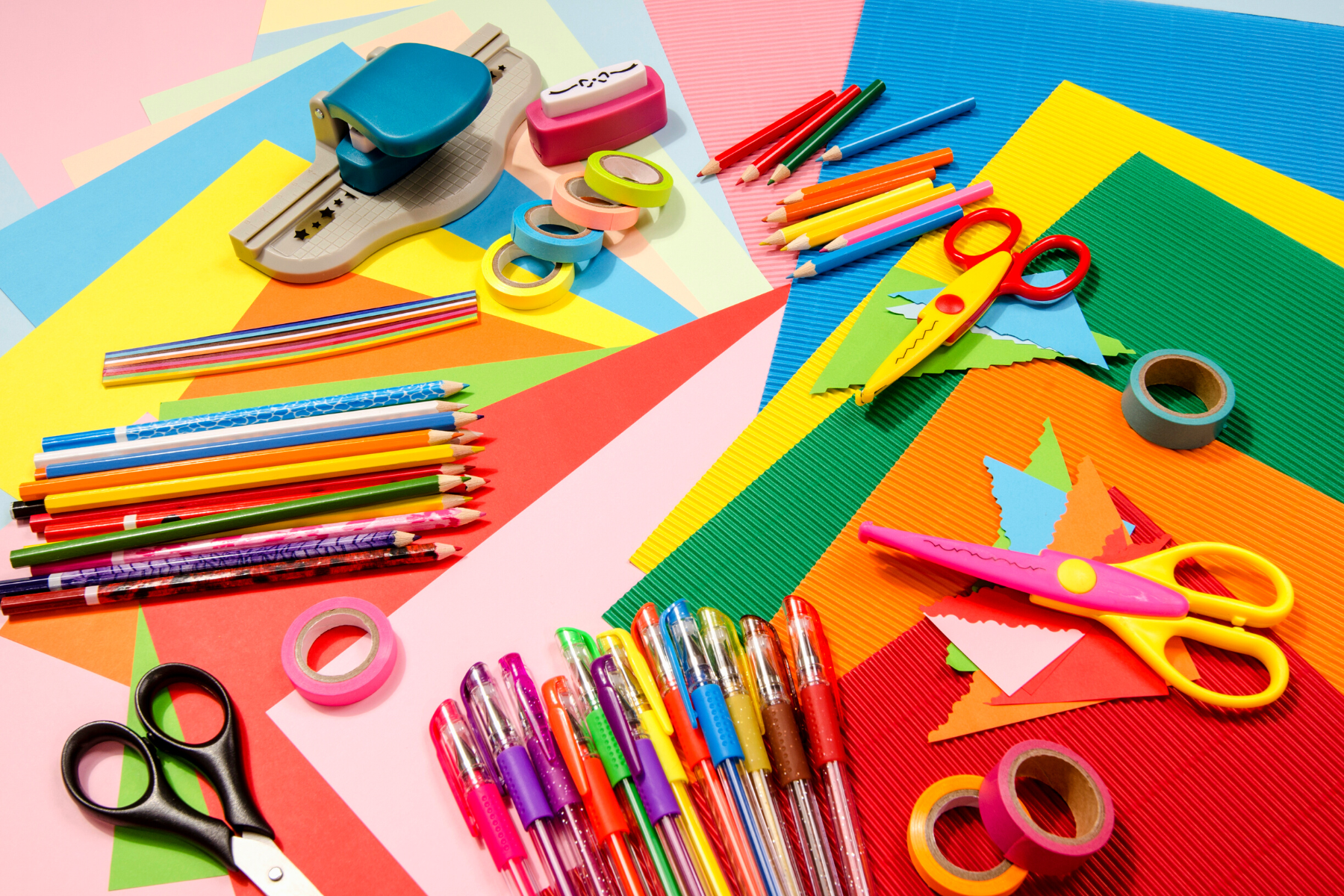
Finding Your Preference: 2-D vs 3-D
There are a variety of types of art mediums artists all around the art world can choose from.
The first step in finding the perfect medium for you is to determine whether you’re looking for a 2-D or 3-D art form.
2-D art forms include painting, drawing, and printmaking which all utilize two-dimensional techniques like lines, shapes, and colors to create artwork.
On the other hand, 3-D art forms include sculpture, ceramics, and fabric arts which use physical objects to create a 3-dimensional art form.
Traditional art mediums are usually either 2-D or 3-D, but modern art mediums, such as photography, collage, and digital art, can be both.
You can even enjoy mixed media art that combines elements of both 2-D and 3-D mediums.
Think about what kind of art medium you’re interested in making and which type would best fit your needs and artistic expression style.
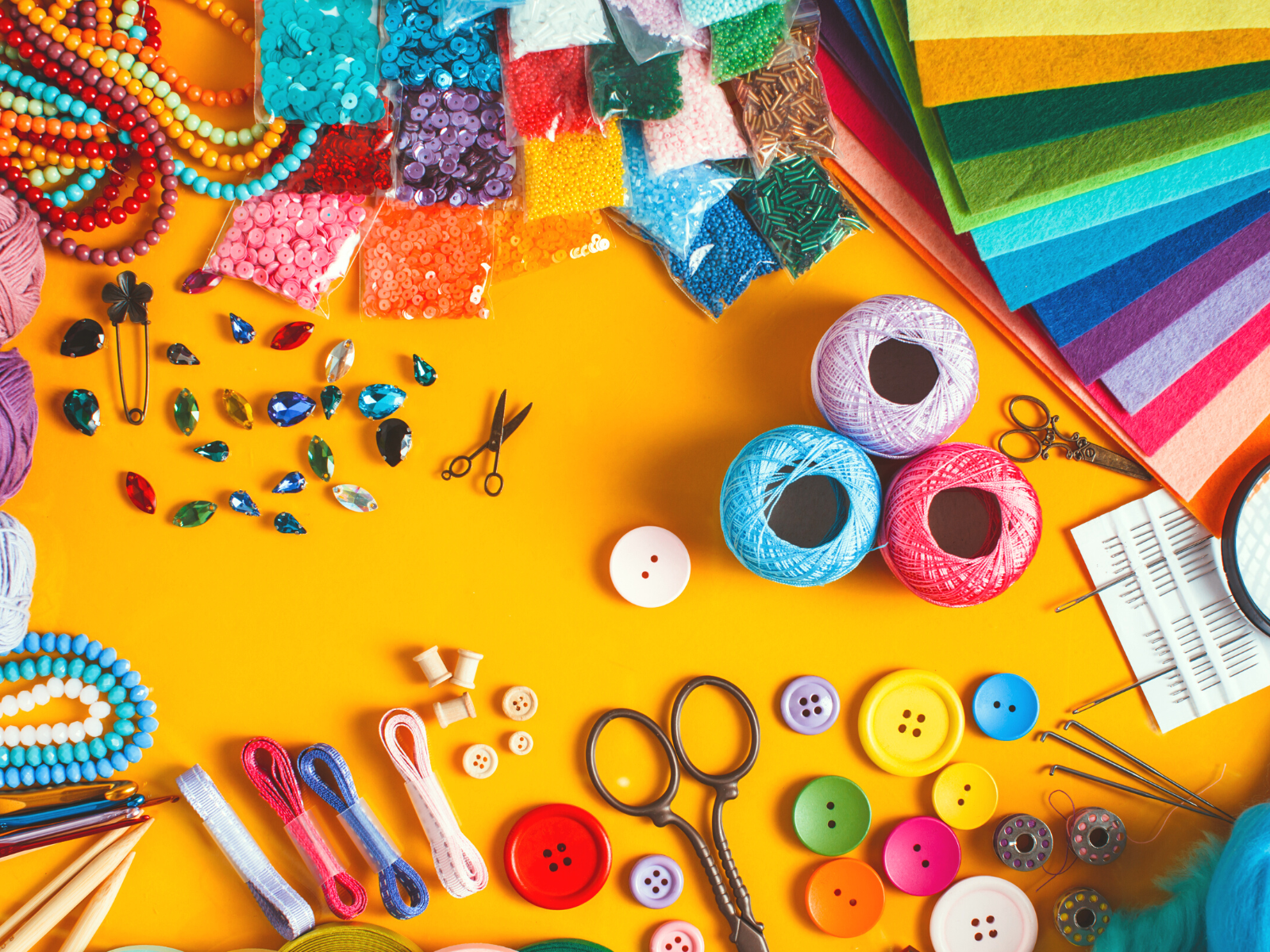

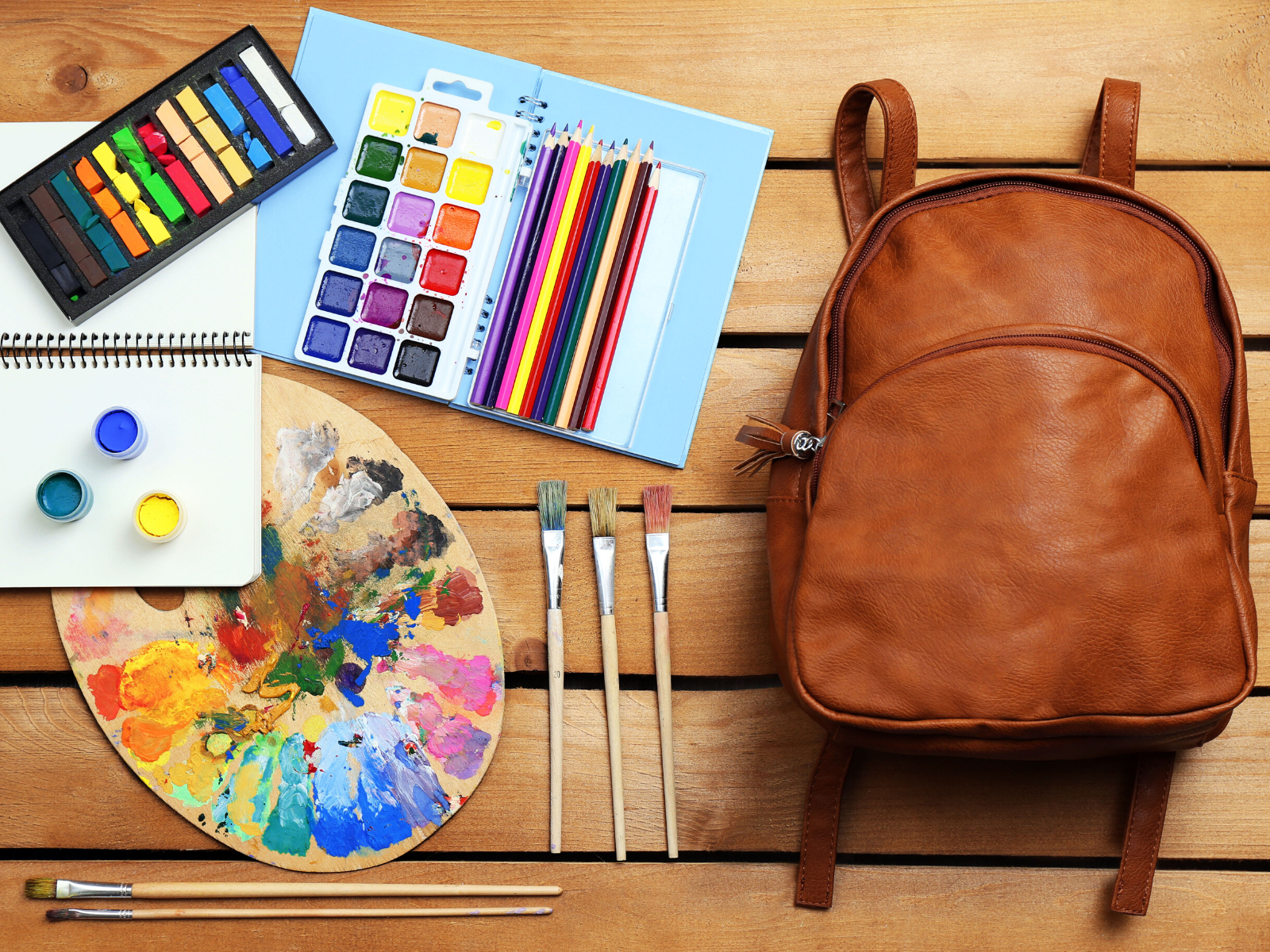
Painting
Painting is a traditional art form that has been around for centuries.
It involves using various tools and materials to create a visual representation of something on canvas or paper.
Painting allows you to explore different colors, textures, and techniques in order to create a unique piece of art.
From acrylic paint to watercolor, there are a multitude of paint mediums you can use to express yourself.
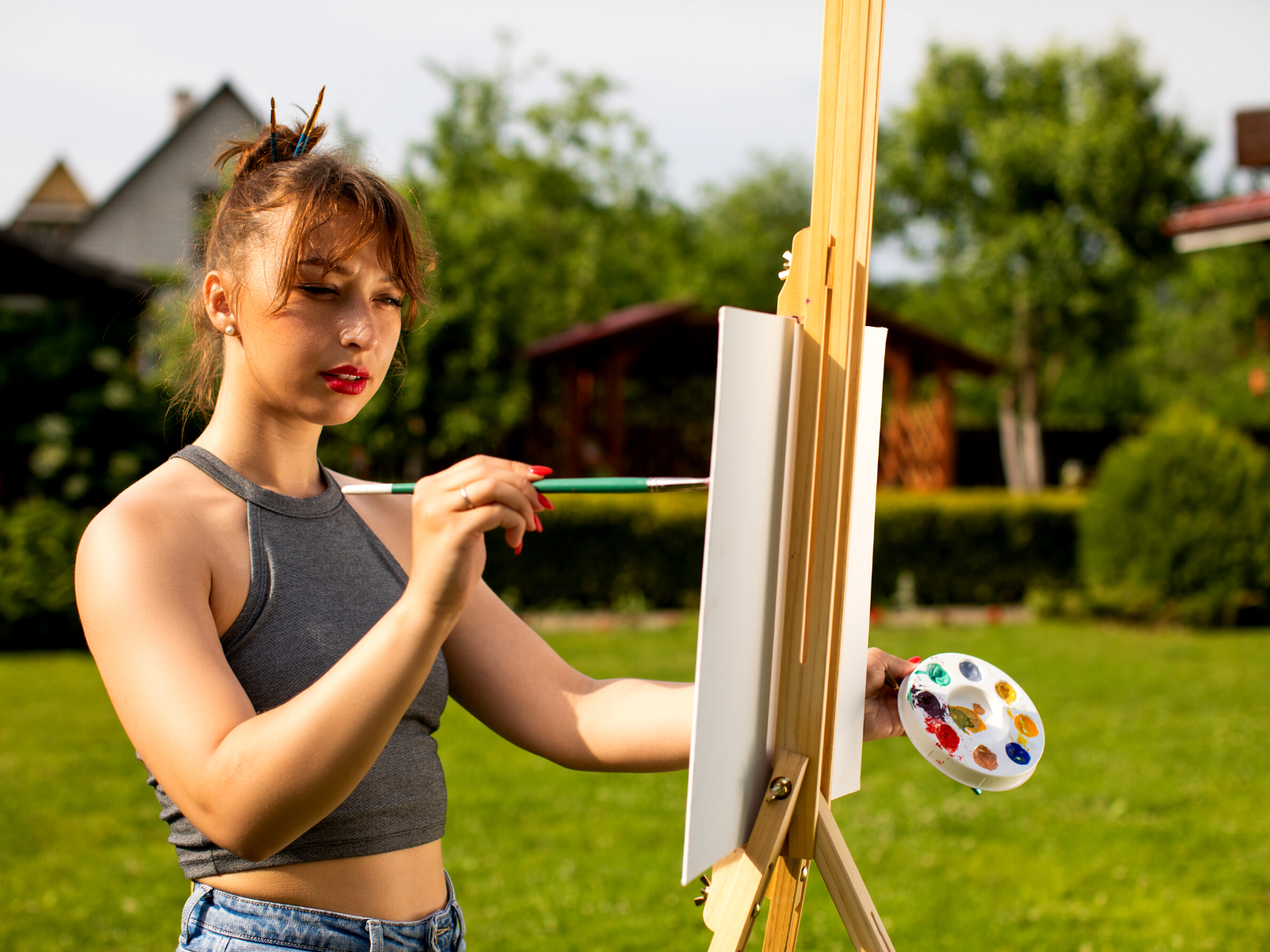
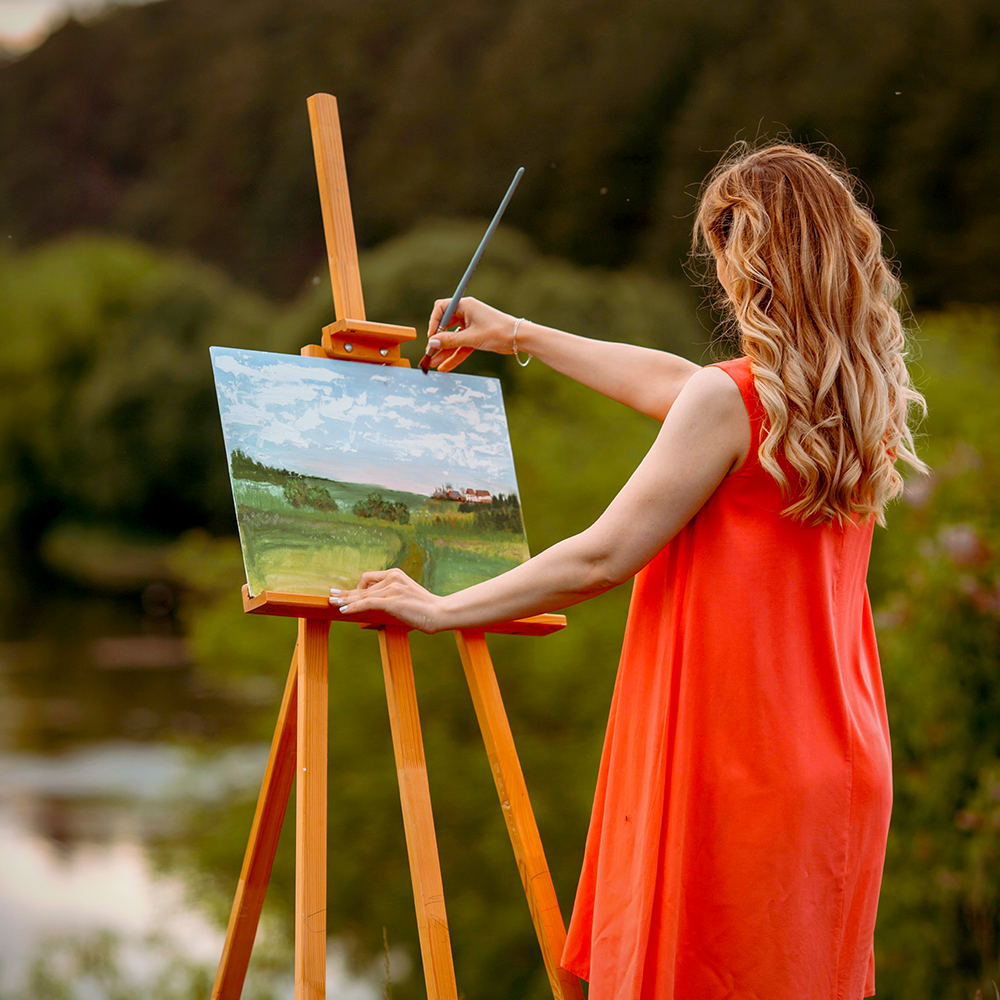
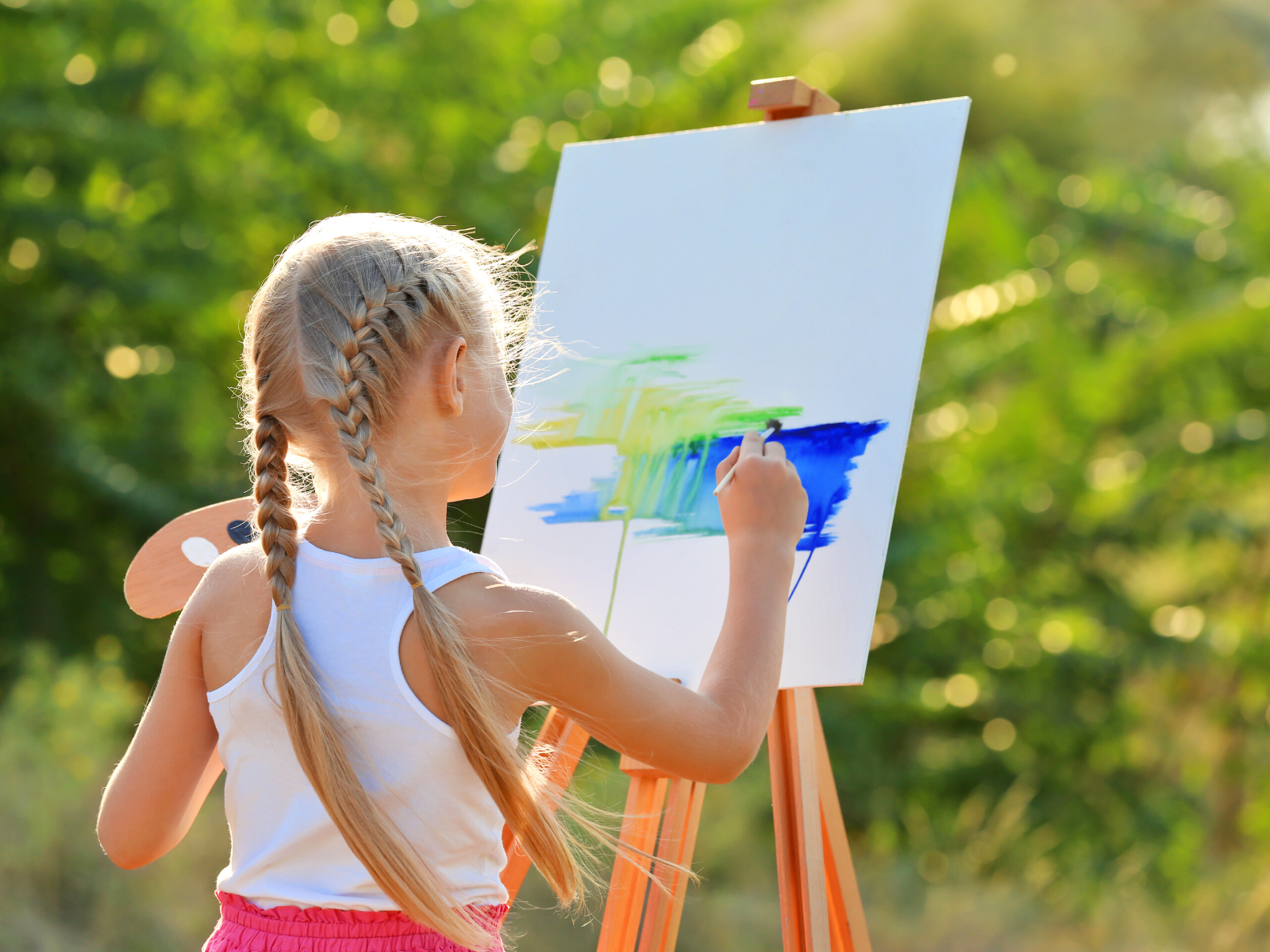
Watercolor
Watercolors are a popular medium among artists for creating beautiful and vibrant paintings.
With watercolors, you can achieve translucent and delicate layers of color.
The medium is versatile, making it easy to create different effects, from light washes to bold strokes.
It’s an ideal medium for landscapes, still life’s, and abstract art.
The good thing about watercolors is they are easy to work with and not expensive to buy, which makes it a great option for artists of all experience levels.
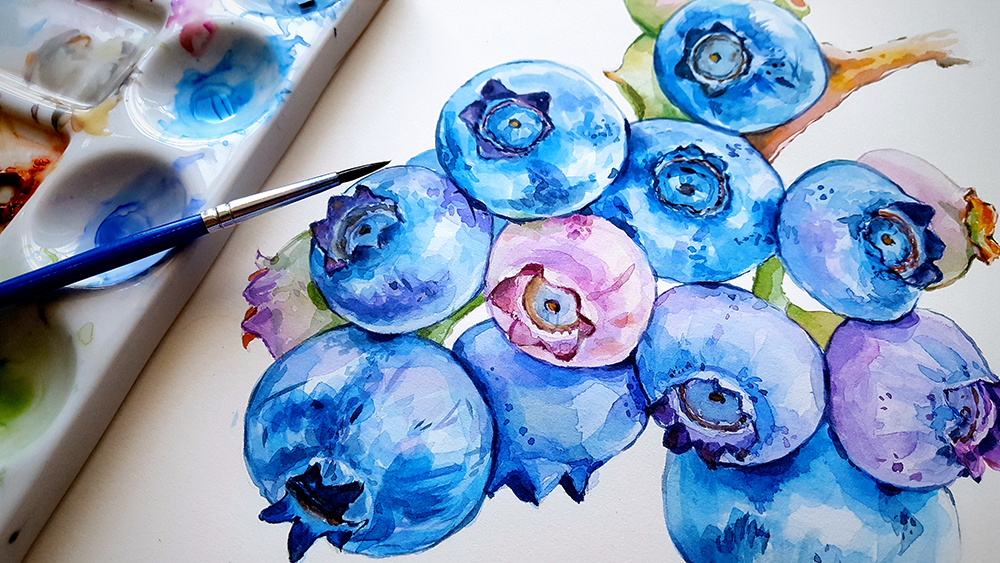
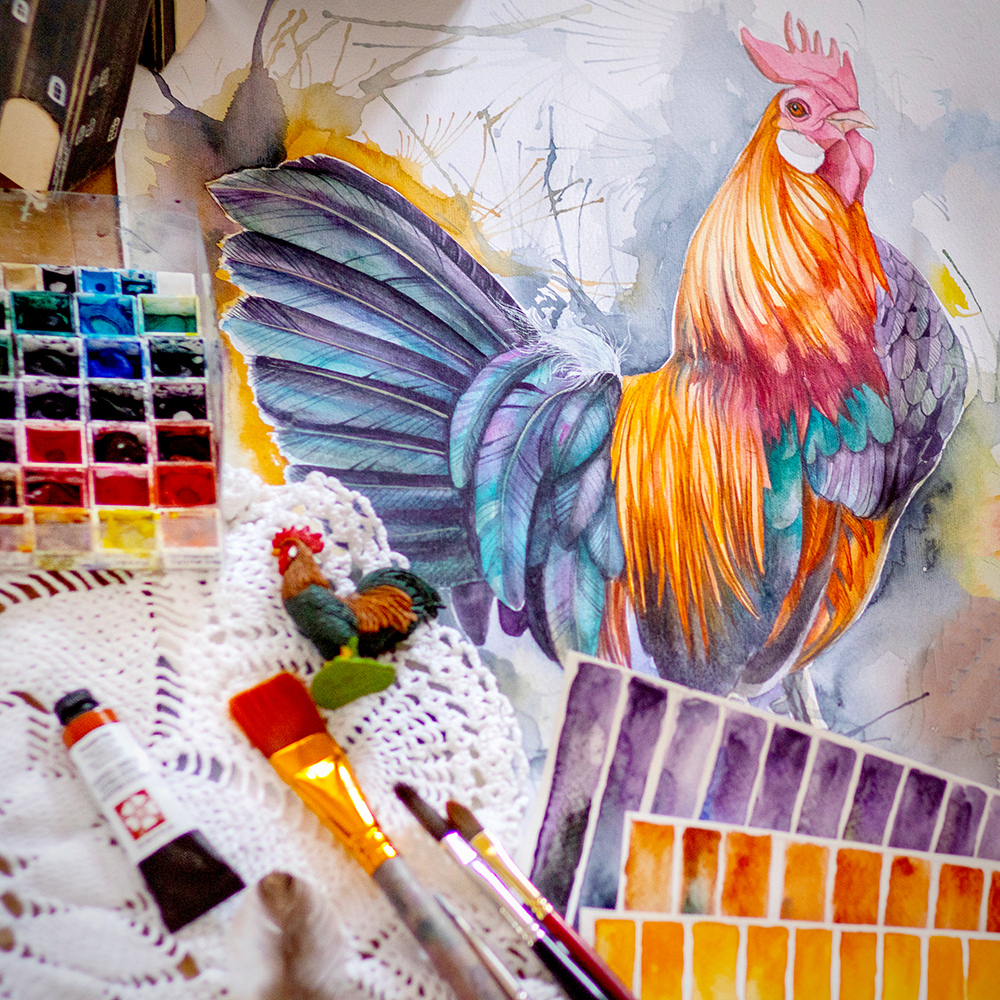

Acrylic
Acrylics are a fast-drying medium that can be applied on various surfaces, like canvas, wood, paper, and canvas boards.
Acrylic paint has a plastic-like texture, making it suitable for both fine details and broad brushstrokes.
You can use acrylics with a wet-on-wet technique to create blended colors or use it with a wet-on-dry technique to create sharp lines.
Acrylic painting is suitable for creating realistic images due to its ability to produce thick textures.
Acrylic paints come in a wide range of colors, which makes it another perfect medium for artists of all skill levels to experiment with.
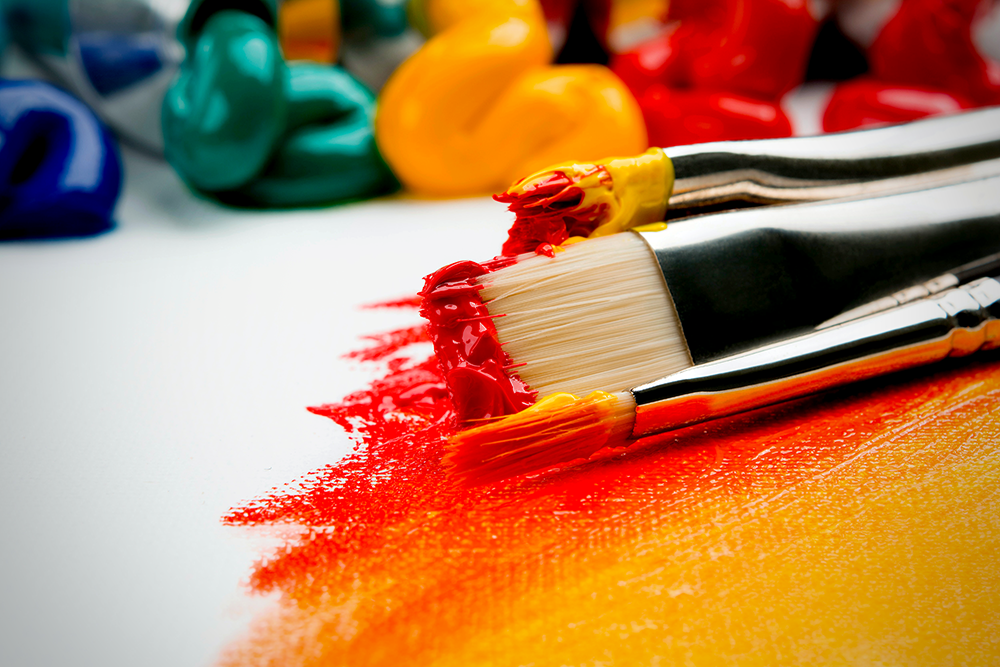
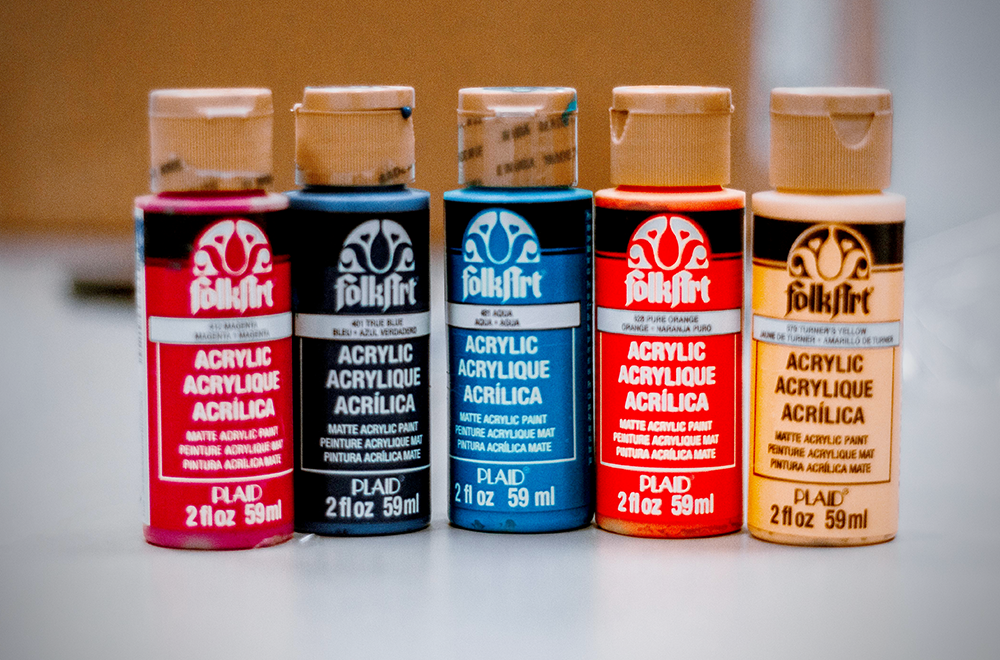
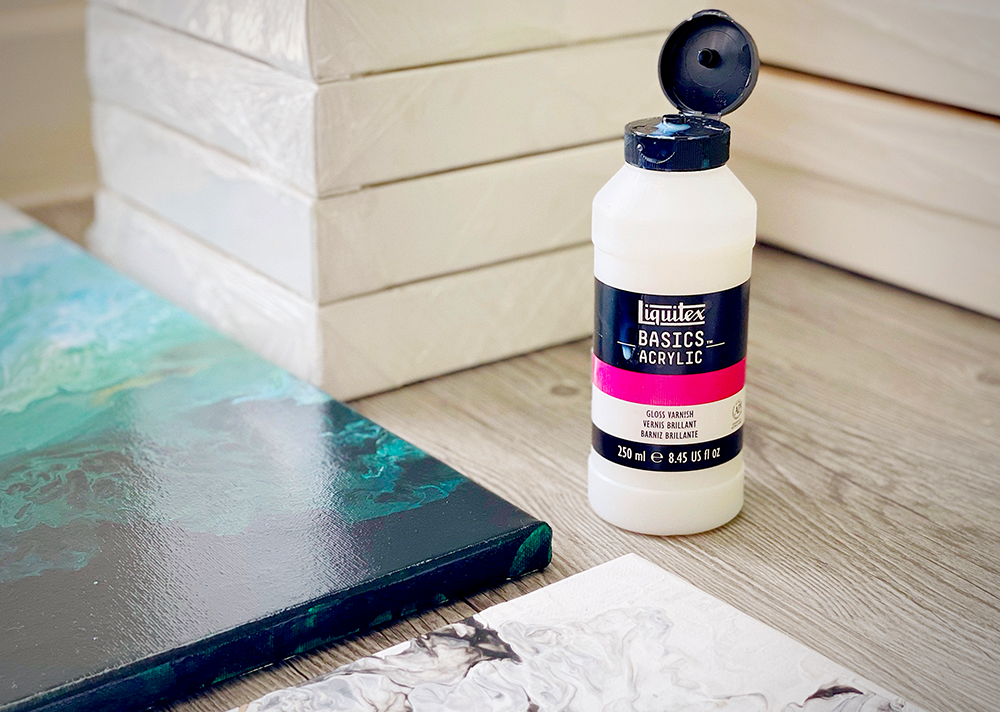
Oil Paint
Oil painting is another great medium that has been used for centuries to create stunning art pieces.
The medium produces vibrant colors and the paint dries slowly, allowing artists to blend colors and create transparency, which creates an almost lifelike quality.
Oil paints are some of the oldest and most popular forms of art.
They have been used for centuries to create beautiful works of art from portraits to landscapes.
The beauty of oil paint is that it allows for precise control over color and texture.
They also dry slowly, which allows for plenty of time for experimentation with different brush strokes and techniques.
With oil paints, you can create dramatic and bold brushstrokes that offer a sense of depth and richness that adds to the painting's overall texture.
A popular technique is impasto, which is a technique of spreading thick paint to create a 3D texture on the surface.
Linseed oil is often used with oil paints to create a glossy finish.
Although oil paintings require more time to dry than other mediums, the outcome is rewarding.



Drawing
Drawing is an age-old medium used to create quick sketches, doodles, and elaborate art pieces.
It’s a versatile medium that can be used as just a sketch or a more detailed finished product.
Drawing is one of the most accessible art mediums, as it requires minimal materials and can be done anywhere.
Drawing art mediums can be quite diverse, ranging from graphite pencils, markers, and crayons.
You can also use a variety of tools, like colored pencils, pens, charcoal, and pastels to create your art.
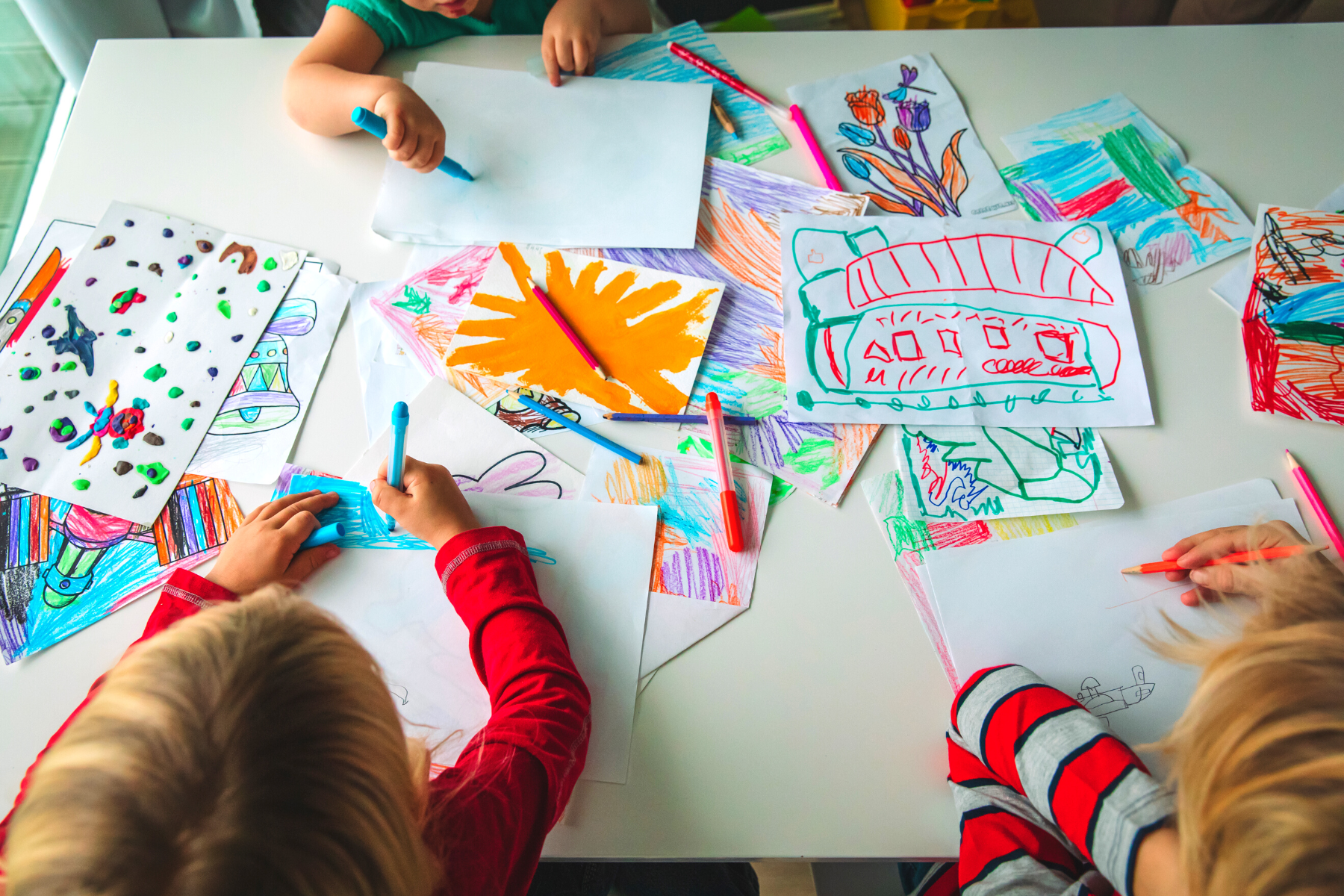
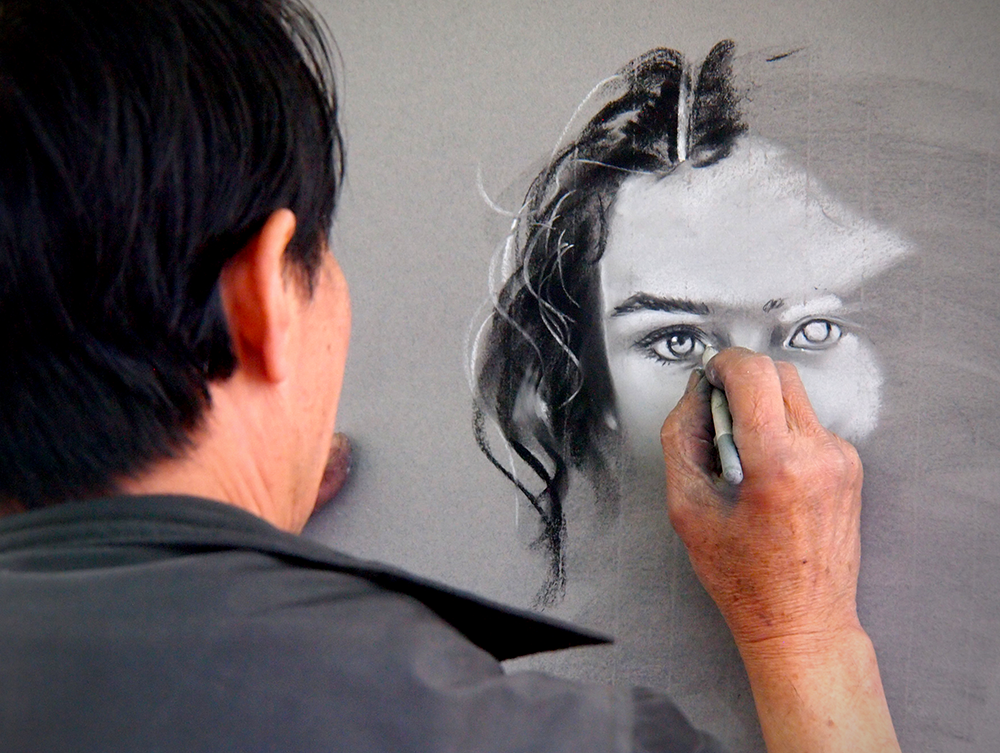

Charcoal
Charcoal is another medium that has gained popularity in recent times.
Charcoal is produced from burnt wood, and it is mostly used to create black and white portraits, but artists also use charcoal for creating abstract or landscape paintings.
Charcoal is a versatile medium, and it can be used to create light, feathery strokes or bold and dark marks, making it a perfect medium for creating expressive and emotive art.
Charcoal sketching is a great way to practice portraiture or nature drawing without needing to invest in expensive supplies or materials.
All you need is some basic charcoal sticks or pencils and a few sheets of paper!
Charcoal sketching lets you quickly experiment with line work and shading without having to commit to any particular outcome right away.

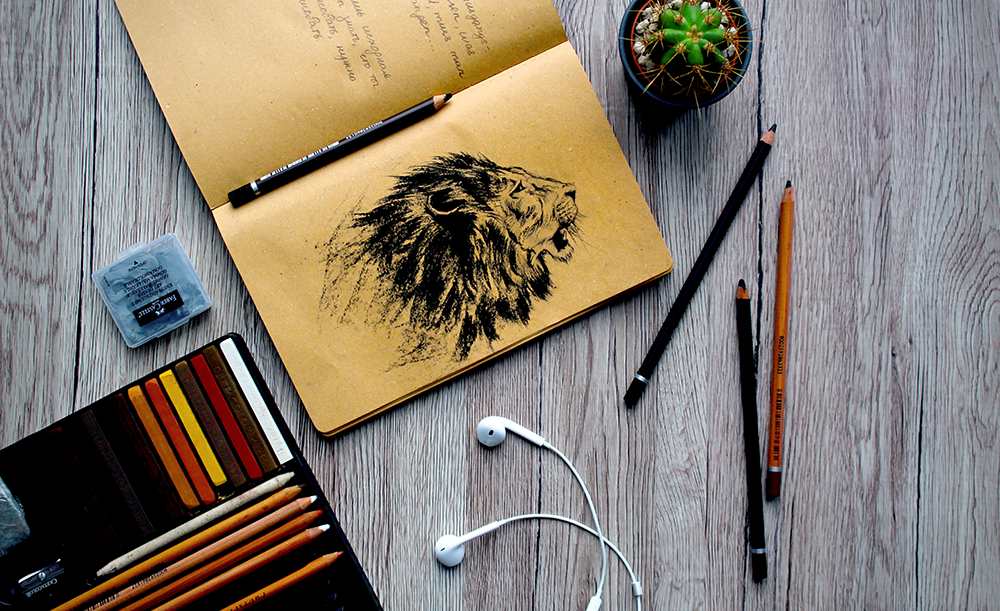

Ink and Pens
Ink and pen are a classic medium used by artists to create detailed illustrations and drawings with thin, crispy lines that offer a sharp contrast to the white paper, making the lines pop.
The lines or strokes created with ink and pen can be delicate or bold, depending on the type of pen used.
Ink and pen can also create textures by applying different pressure on the pen while drawing.
It's an ideal medium for artists looking for a medium that offers precision, control, and versatility.
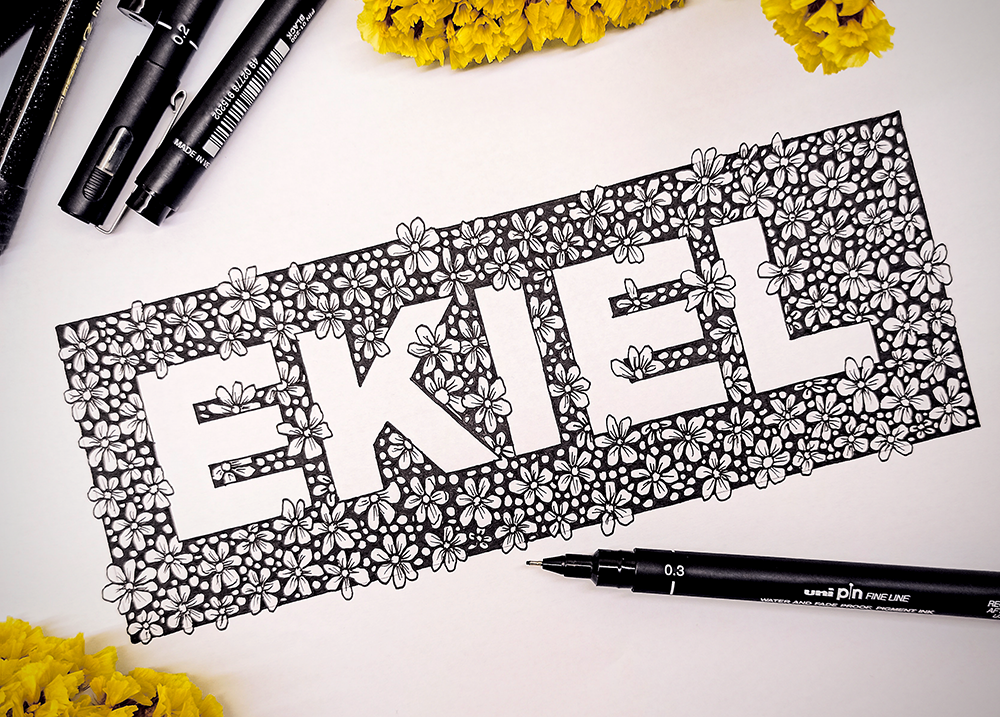

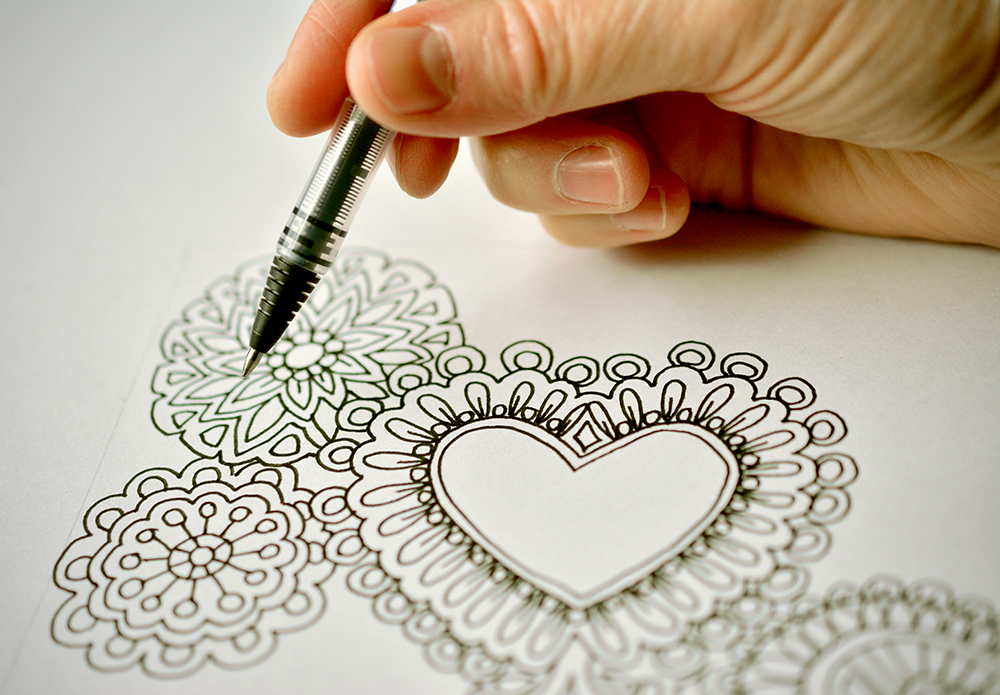
Pencils
Pencils are a great medium for creating subtle, fun, and realistic drawings.
The softness of the graphite allows artists to blend colors and create a range of different textures and effects.
Pencils and colored pencils are an ideal medium for creating detailed drawings, as the lead is easy to control and manipulate, making it perfect for creating lifelike drawings.
Pencils come in a range of different lead strengths, from light to dark, allowing you to create light shading and bold outlines.
They are also easy to erase if mistakes are made and allow for a range of different techniques, such as cross-hatching and stippling.
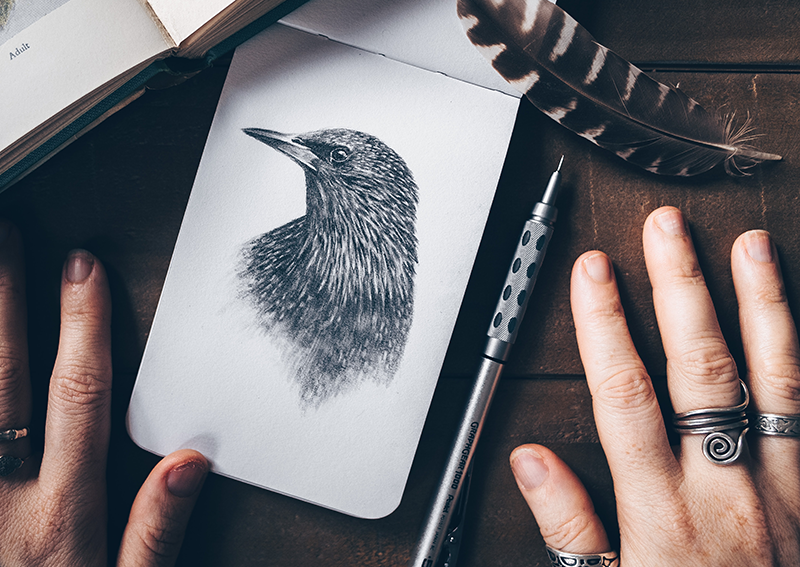

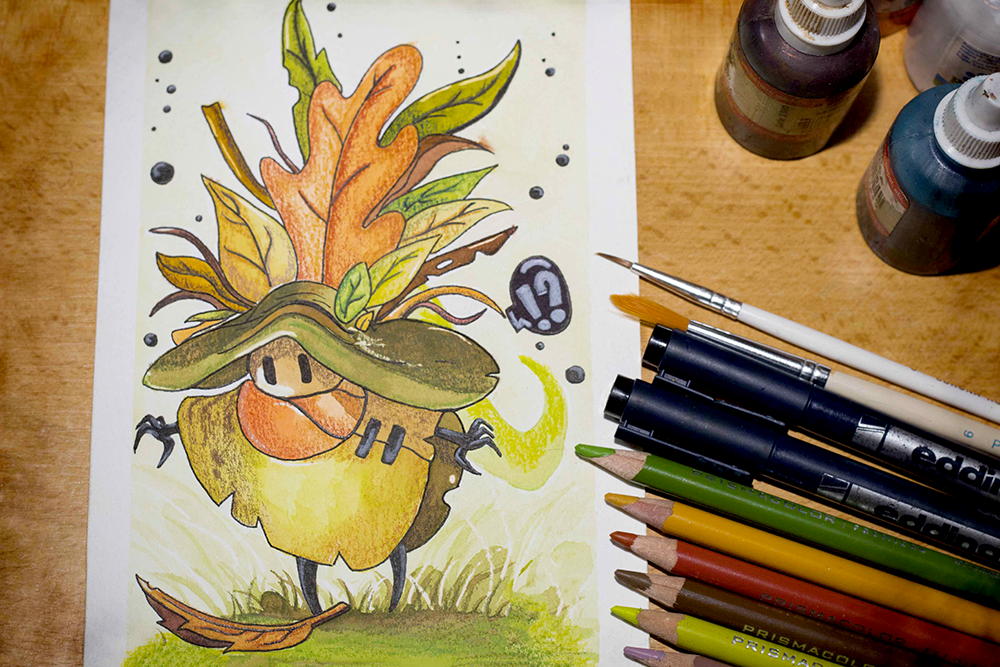
Pastels
Pastels are a popular medium among artists, as they offer the same control and precision as pencils but with brighter, more vivid colors.
Pastels come in a range of different shades, from light to dark, and allow for a range of textures to be created.
The colors can be blended together to create gradients and the pastels are easily erasable if needed.
Pastel drawings have a soft, almost dreamy look to them, making them a great choice for creating expressive and emotive artwork.
Oil pastels and soft pastels are the most popular types of pastels, but there is also oil-free, water-soluble, and even metallic pastels available.

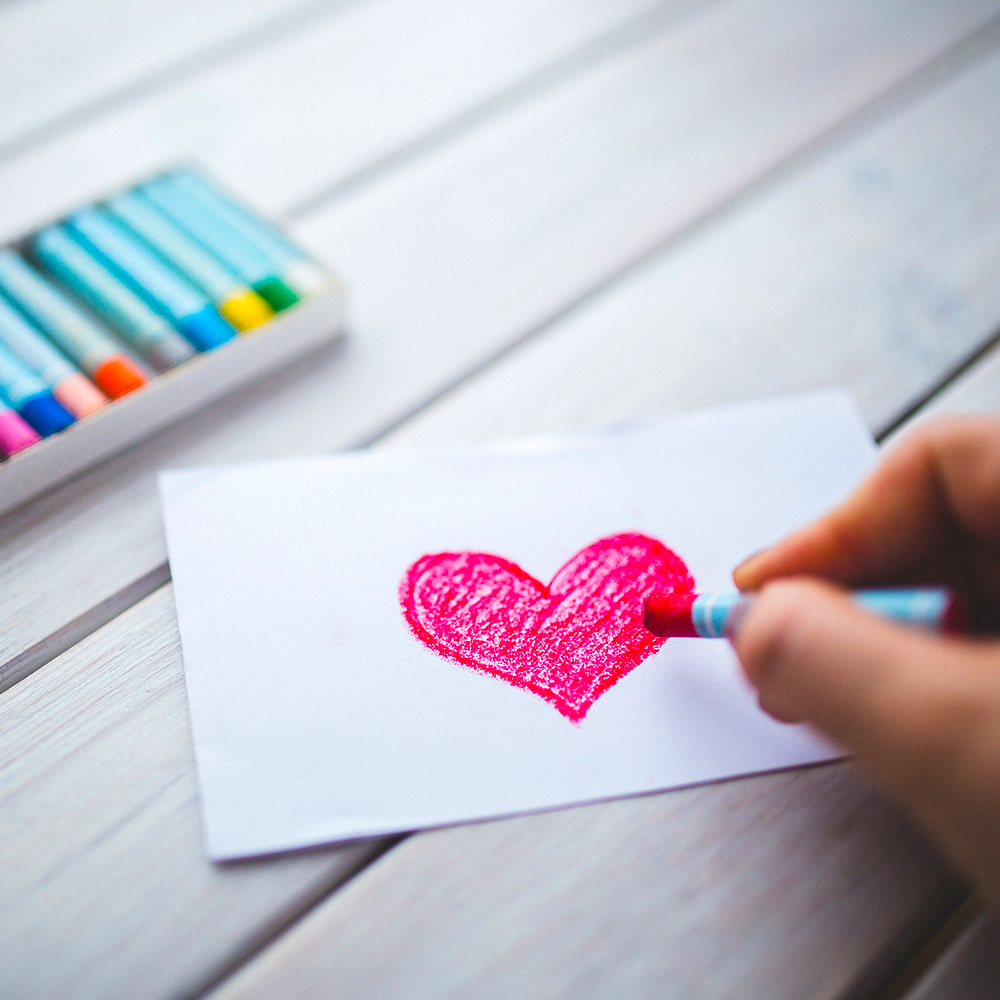
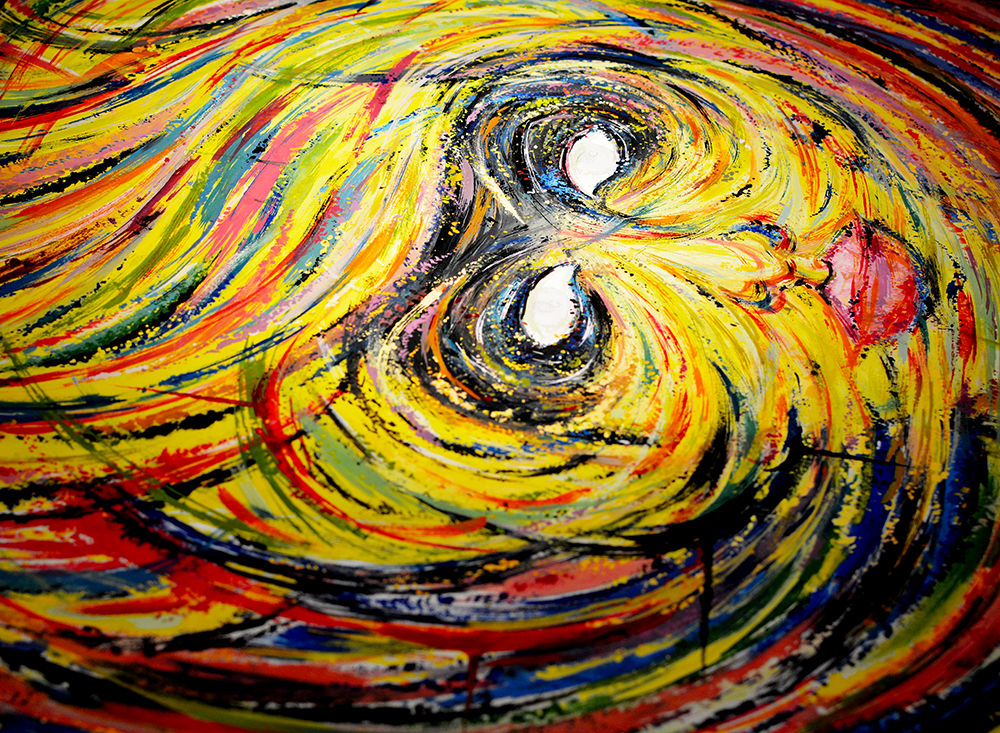
Digital Art
Digital art has become increasingly popular in recent years as technology has advanced exponentially.
With digital art, it’s easier than ever before to create stunning works of art from the comfort of your own home using just a computer and tablet device (or even just your phone).
Digital art offers endless possibilities when it comes to experimenting with colors, textures, brushes, shapes—the list goes on!
Plus, it’s much less messy than traditional painting or drawing techniques since everything stays contained within the computer screen!
Photography has also become a popular form of digital art, allowing artists to capture moments in time and produce stunning compositions.
Whether you choose color or black and white photography, you can create beautiful photos with just a few clicks.
No matter what kind of art you’re into, there is sure to be a digital medium out there that suits your needs.

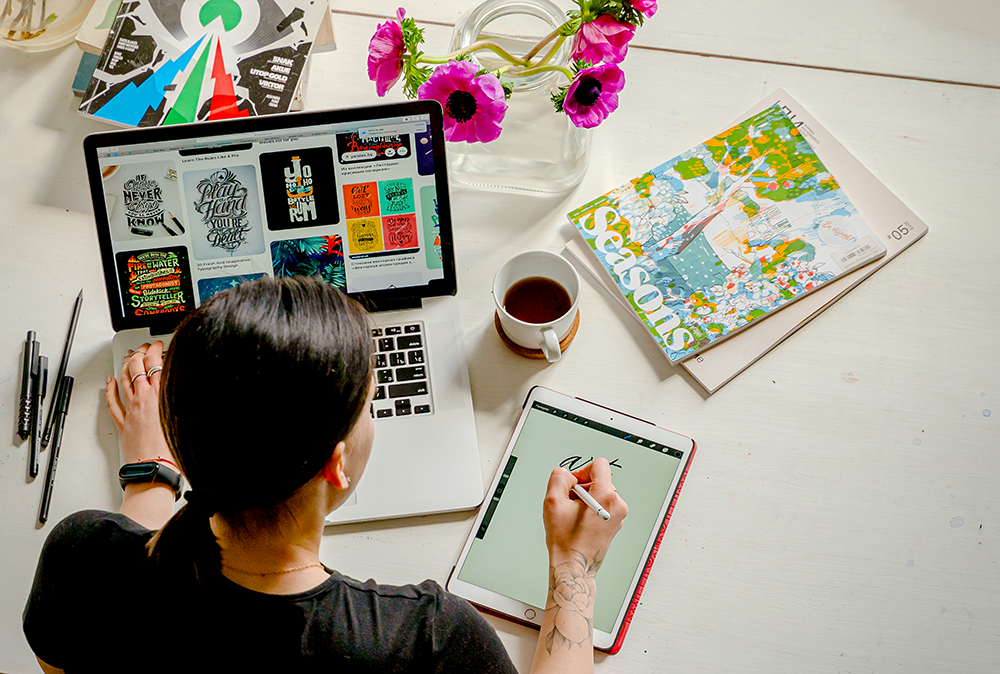
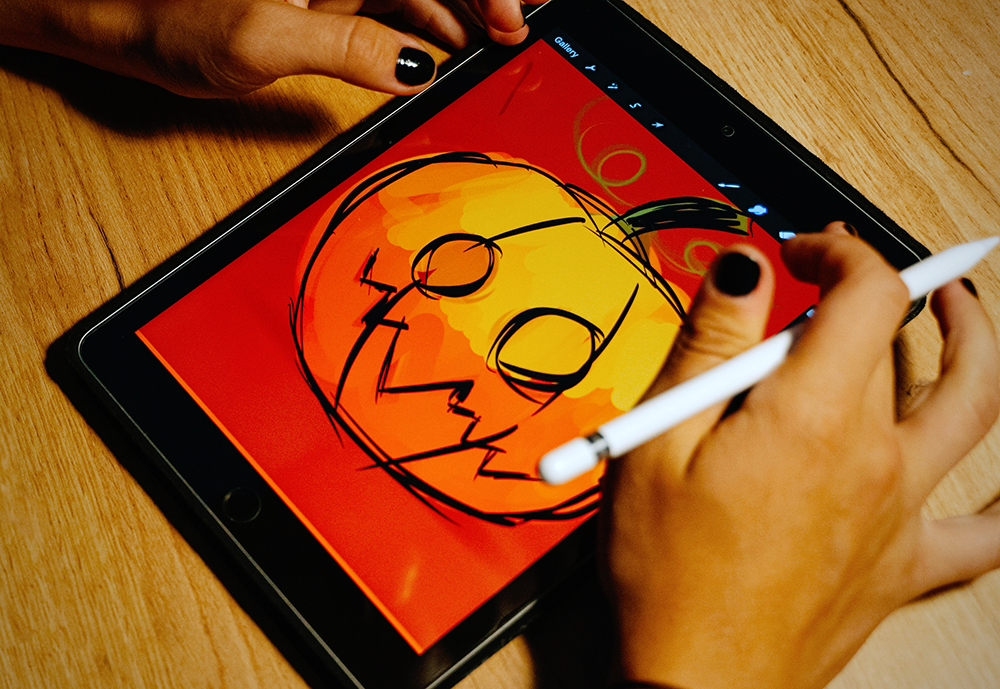
Ceramics
Ceramics is a medium used to create three-dimensional objects like sculptures, vessels, and tiles.
It involves shaping clay into the desired form and firing it in a kiln to create a hard, durable piece of artwork.
Ceramics provide an outlet for sculptural work and can be used to create functional objects, like plates or cups.
Ceramics are a great medium for exploring creative ideas and experimenting with textures and finishes.
The possibilities are endless!


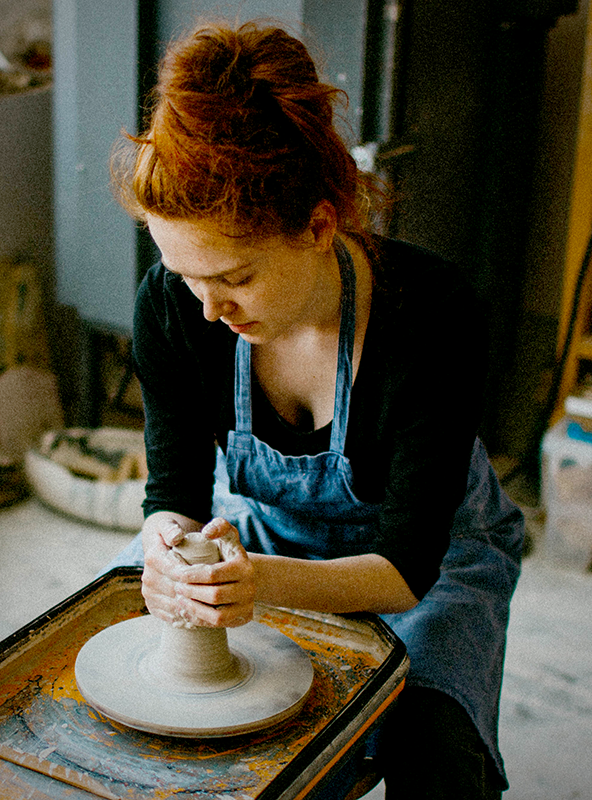
Fabric Art
Fabric arts is a broad term for any art form that involves fabrics.
Fabric arts can range from traditional quilt-making to modern fiber art and installation pieces.
It’s a great medium for exploring color, texture, and form.
You can use fabric to create beautiful quilts that are both functional and decorative, or create eye-catching mixed media pieces by adding beads, buttons, ribbons, and other embellishments to your fabric art.
It’s a great medium for anyone looking to add a touch of vibrancy and color to their artwork.



Sculpture and Collage
Sculpture is a 3-D art form that involves creating figures and objects using various materials like wood, metal, clay, and stone.
Collage is a unique art form where various materials like paper, fabric, photographs, and other objects are cut or torn and then arranged into a design.
Both sculpture and collage are great mediums for creating expressive and unique pieces of art.
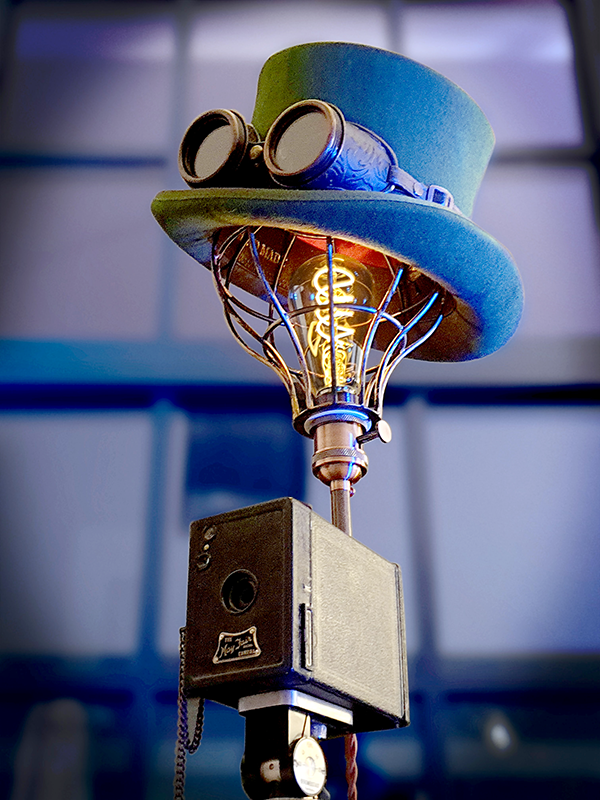
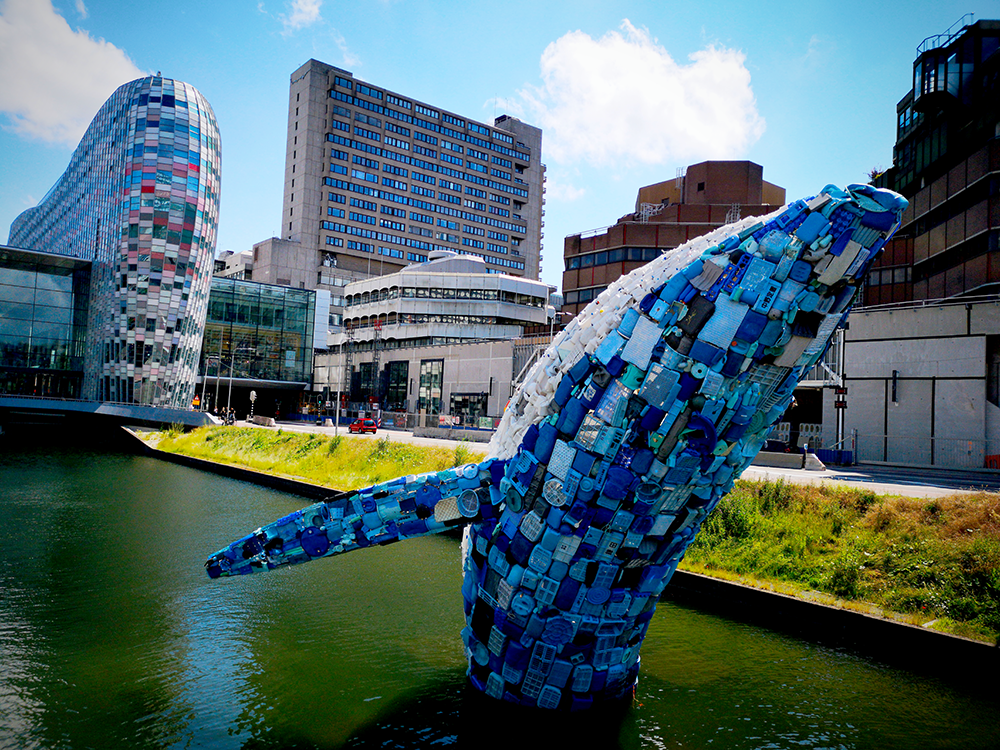

Exploration of Art Media
Exploring different art materials in art is an essential part of artists' growth and development.
It broadens your horizons, enhances technique, and introduces new ways to express your artistic vision.
Finding the right artistic medium can be daunting—there are so many different ones out there!
But this guide should give you an idea of what each type has to offer so that you can make an informed decision on which one best suits your creative style.
Whether you decide on paints or digital art or another medium altogether, remember that all forms of art are valid expressions—so don't be afraid to explore them all until you find what works best for you!
Irrespective of your skill level, try experimenting with different mediums to identify which medium best reflects your creativity and artistic style.
Happy art exploring and have fun trying something new!
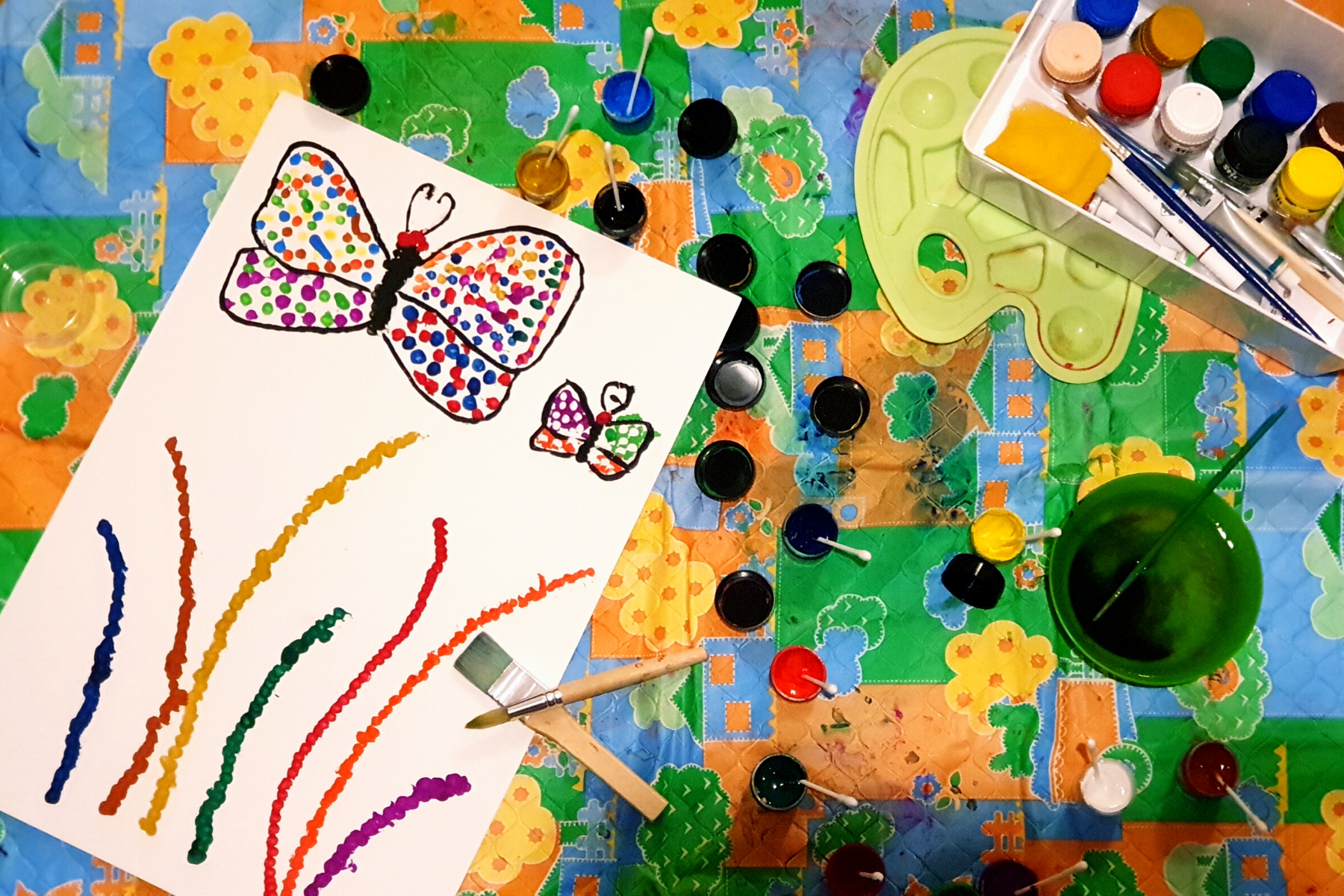
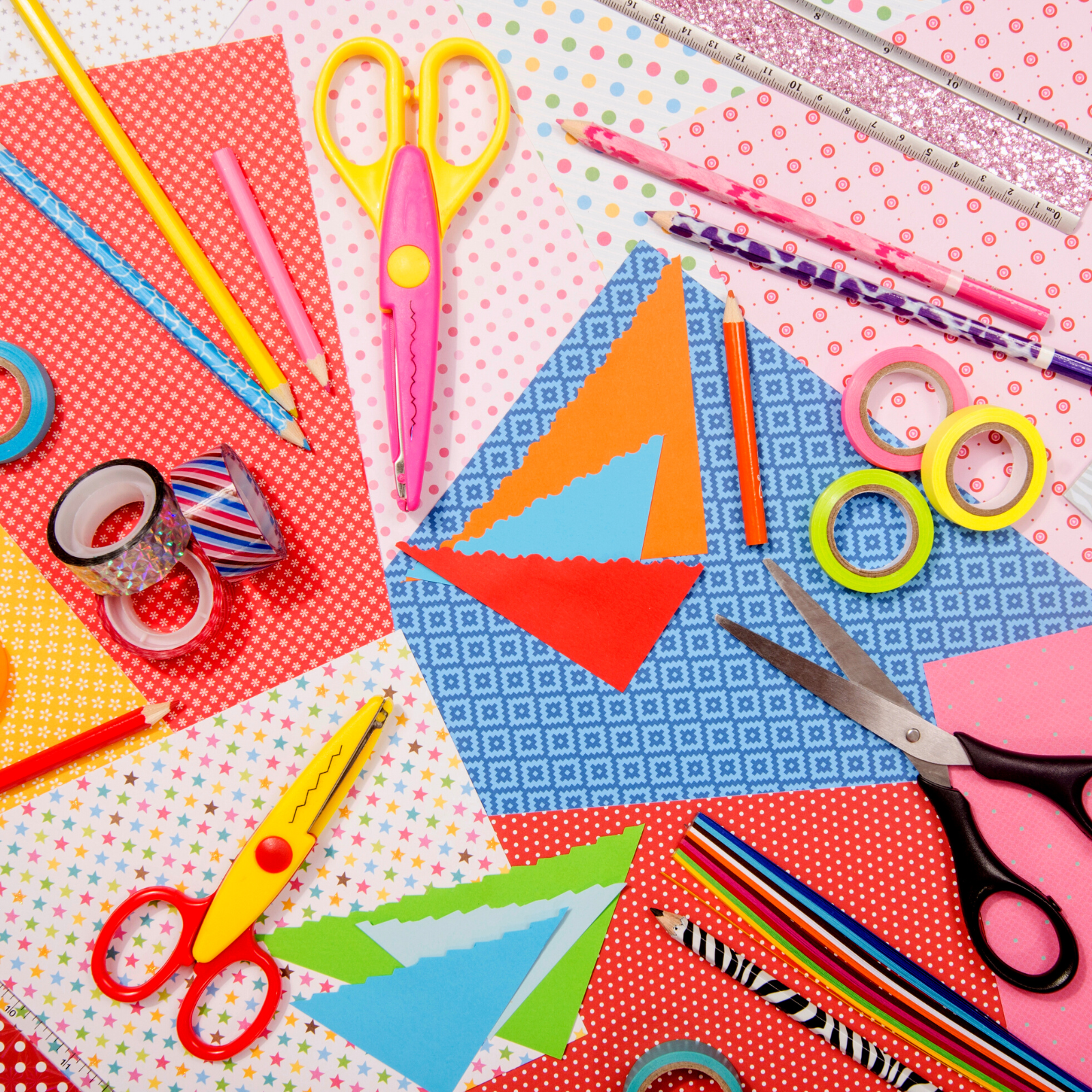
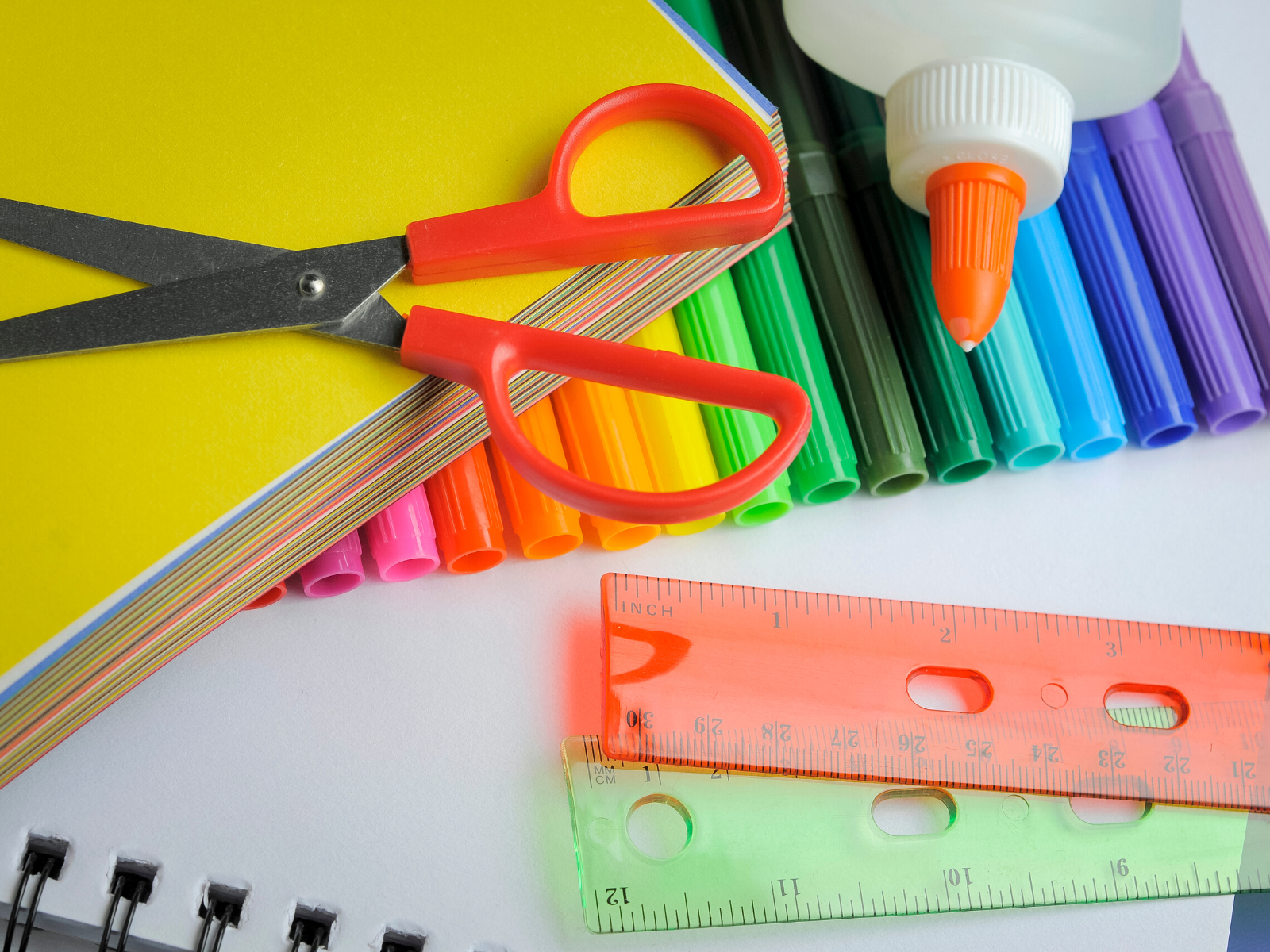
Interested in learning more about what you can do with different art media? Check out Sandy Allnock's Artventure's video!
Want even more content about creativity and art?
Be sure to check out all of our creative chronicles!
Looking to embrace your creative side?
Check out some of our other articles!
